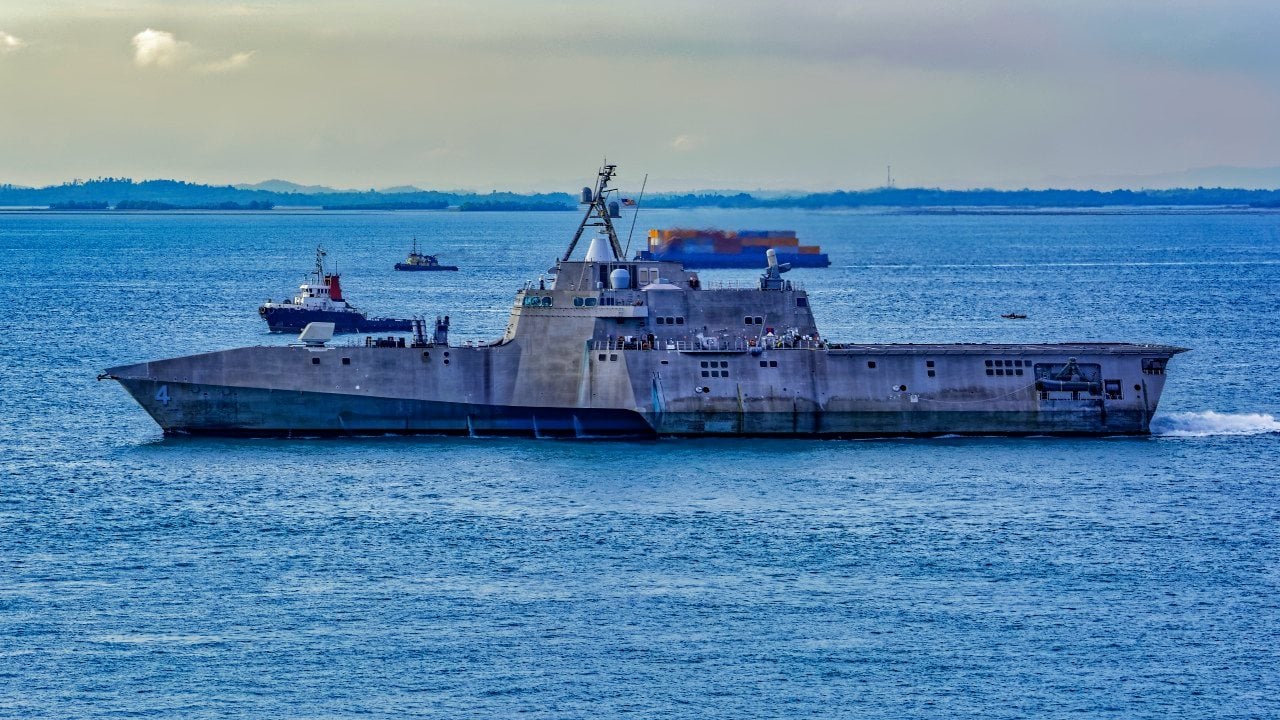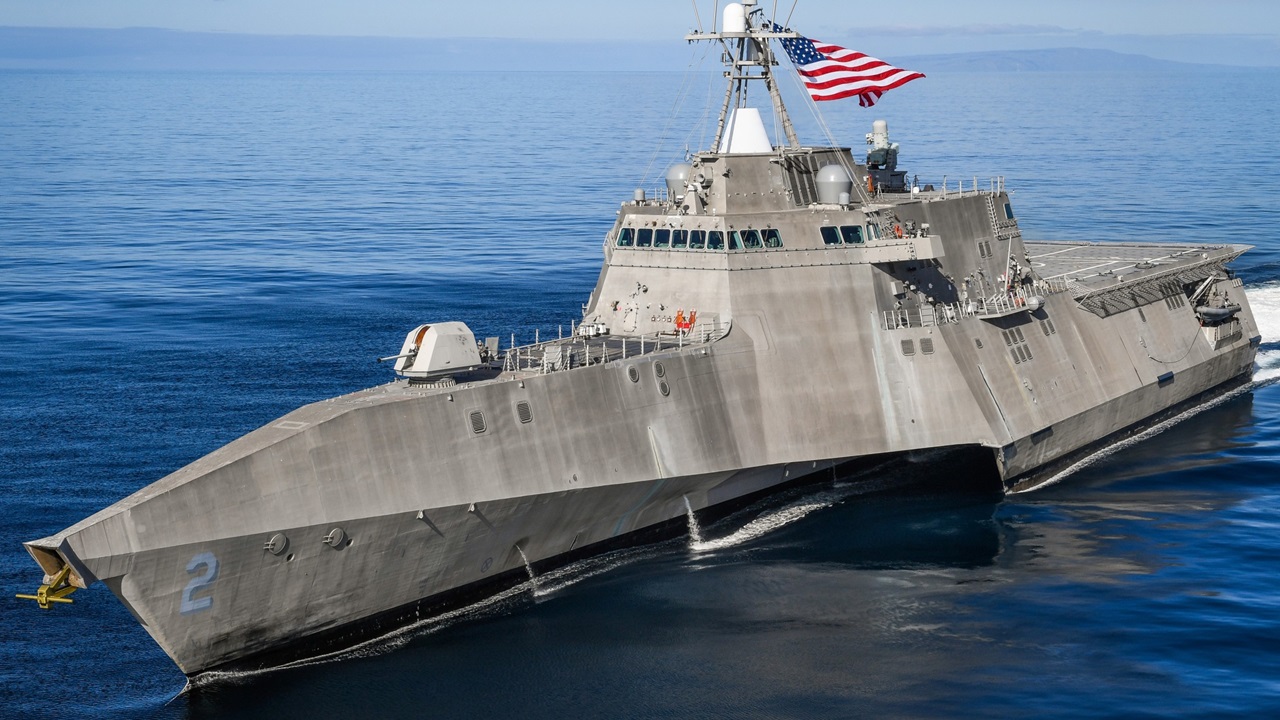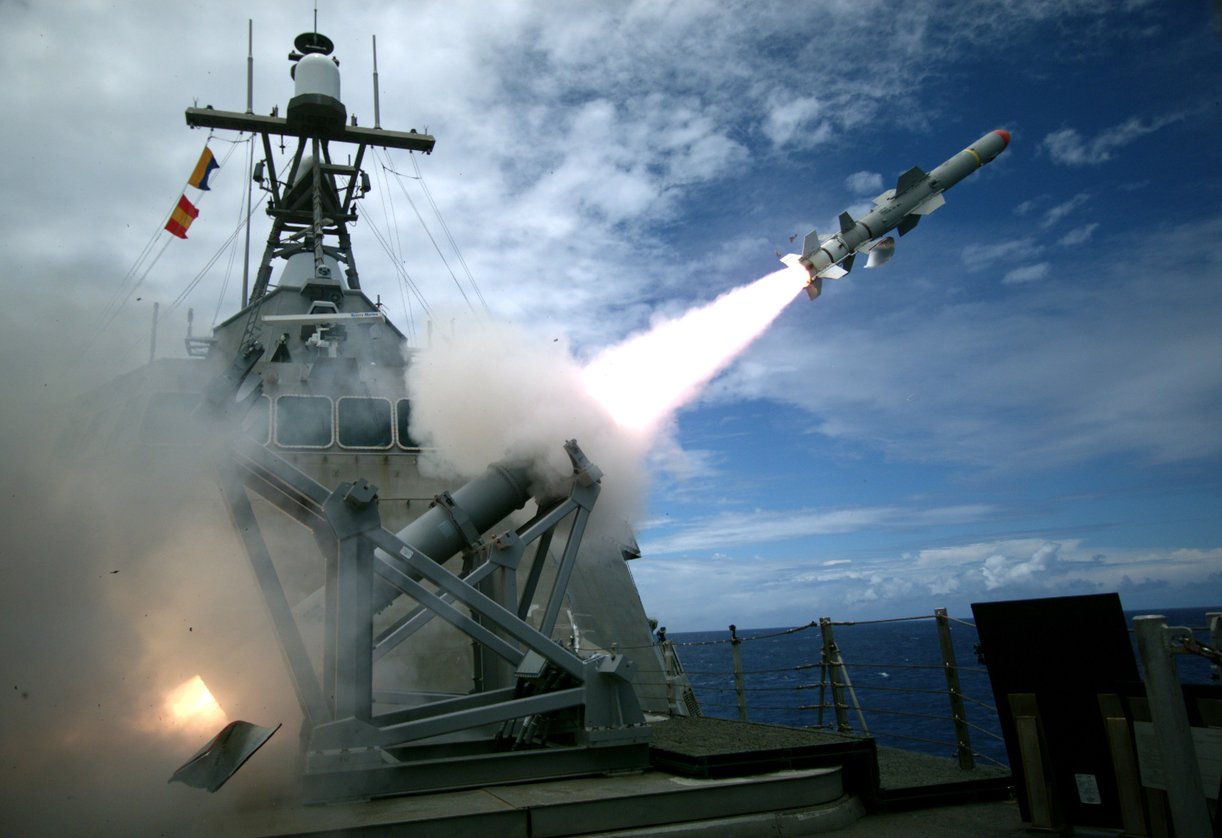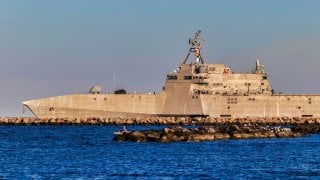Littoral Combat Ship: 3 Words the U.S. Navy Wants You to Forget
The Littoral Combat Ship (LCS) was intended to be the U.S. Navy’s versatile, affordable answer to post-Cold War threats, capable of missions from mine-hunting to anti-piracy.
Summary and Key Points: The Littoral Combat Ship (LCS) was intended to be the U.S. Navy’s versatile, affordable answer to post-Cold War threats, capable of missions from mine-hunting to anti-piracy.

-Instead, it has become a symbol of government waste and inefficiency.
-Plagued by technical issues, unreliable mission modules, and escalating costs, the LCS has failed to deliver on its promises.
-With more time spent in drydock than on missions, the LCS highlights the pitfalls of overpromising and underdelivering in defense procurement, leaving the Navy with a costly and ineffective vessel.
Littoral Combat Ship or LCS: A Costly Naval Failure
The Littoral Combat Ship (LCS) was supposed to be the U.S. Navy’s answer to the Pentagon’s call to build a versatile, affordable, and highly adaptable ship to meet what were then the new threats of the post-Cold War era.
This boat was meant to fill gaps in the Navy’s capabilities, from hunting down mines to chasing down pirates and bombarding terrorists from the shorelines of hostile territory.
Instead, the LCS seems to have filled the gaps in the Navy’s budget with gobs of tax dollars, none of which has produced a reliable system.
The LCS program has been plagued by a series of issues that would make even the most seasoned sailor blush. From faulty propulsion systems to cracks in the hull – something that usually affects really old boats, not new, expensive systems.
According to the legends of old seamen, boats talk to those who man them.
In this case, it sounds as if the LCS is trying to groan to the Navy that, “I’m just not cut out for this!”
But it’s not just the technical issues that have sunk the LCS. The ship’s mission modules, which were supposed to be the key to its versatility, have proven to be their key weakness. Without reliable modules, the boat cannot undertake any mission set it may be given.
Blasting Through the Budget Rather Than the Enemy
Then there’s the matter of cost.
The Littoral Combat Ship has become a poster child for government waste, with the price tag for each unit getting higher than the one before. (This is not how government contracting is supposed to work, FYI. Systems are supposed to get cheaper with each unit built.) The Navy, having already spent billions on this program, maintained a cult-like commitment to it that is rivaled only by the service’s obsession with aircraft carriers.
The LCS is more likely to be seen in drydock than on the high seas.
The LCS stands as a monument to the dangers of overpromising and underdelivering. This has become a specialty of the Defense Department in the post-Cold War era.

Not only did the LCS not do what was promised, but the Navy has now blown through critical funds and human capital to build and maintain a system that would embarrass even the late-stage Soviet Union for its level of waste and inefficiency.
The LCS was Supposed to Be a Swiss Army Knife. It’s a Spork Instead.
So, there you have it: the sad, miserable, and darkly comedic tale of the Littoral Combat Ship. It is a tale of great hopes washed away on the turbulent seas of reality. Whereas the U.S. military was once renowned for its engineering prowess, increasingly the Americans are renowned for their gigantic failures.

The LCS is one of those massive letdowns that we’ll be paying for over the course of many years – decades, even.
About the Author:
Brandon J. Weichert, a National Interest national security analyst, is a former Congressional staffer and geopolitical analyst who is a contributor at The Washington Times, the Asia Times, and The-Pipeline.
All images are Shutterstock or Creative Commons.


